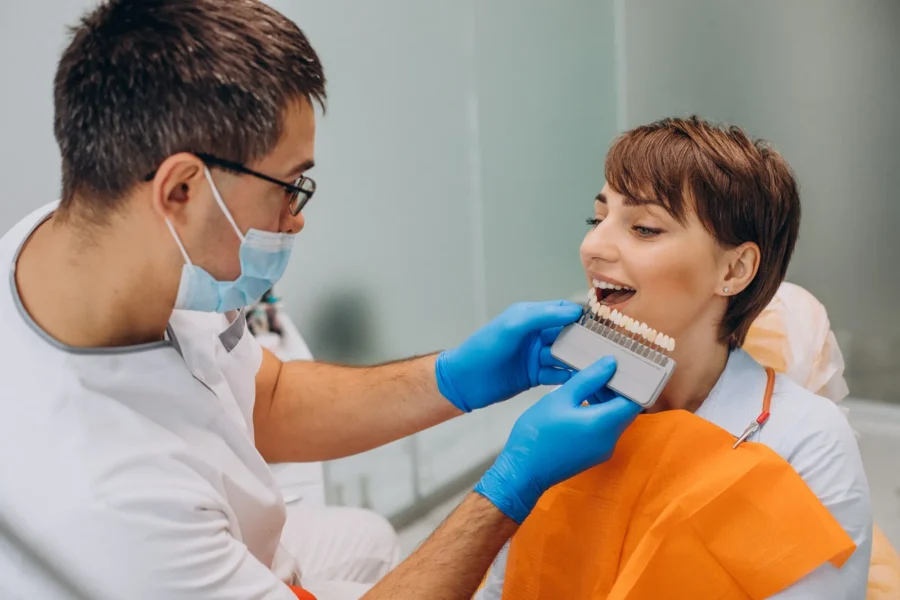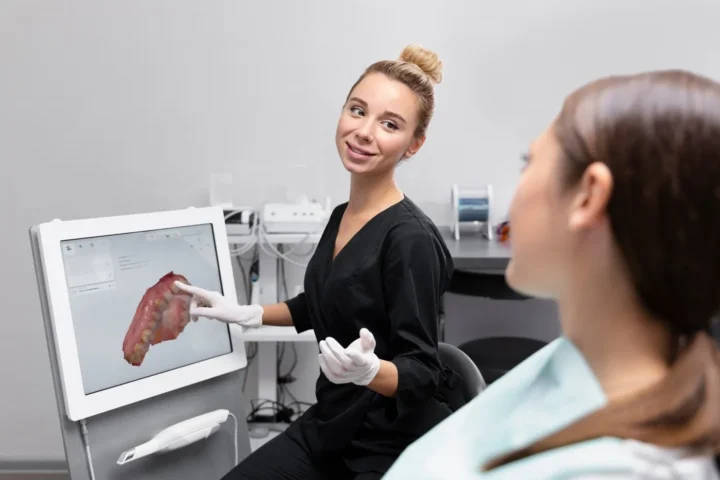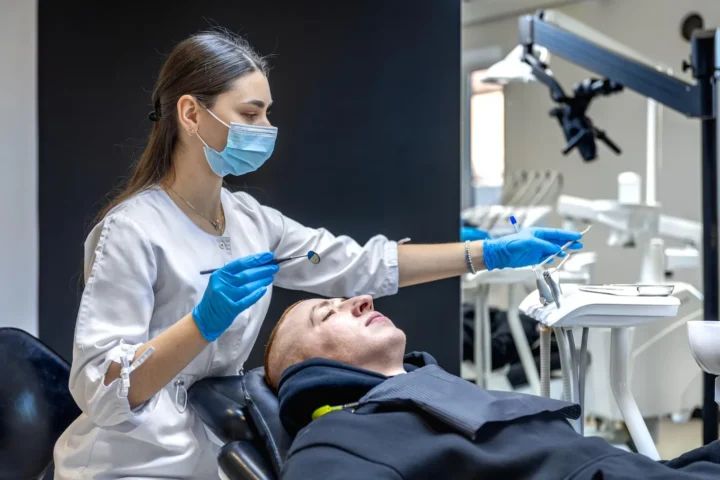
- How long does an implant actually take?
- What can be done before Christmas?
- A realistic December pathway
- Travel plans and flying
- Health fund benefits and year-end timing
- Clinic and laboratory availability
- Recovery in the festive season
- Who is a candidate for rapid placement?
- Choosing a provider and planning December dates
- The short answer
December is a busy month in Sydney clinics. People want gaps sorted before family photos and summer holidays, yet timeframes for implants have hard limits. If you are starting this month, you can often begin treatment, stabilise the site, and leave with a good-looking temporary solution. Finishing the whole job with a final crown before Christmas is rarely possible. Understanding the dental implant timeline helps set expectations and avoids rushed decisions that can compromise results.
How long does an implant actually take?
After the titanium fixture is placed, the jawbone needs time to bond to it. This process, called osseointegration, usually takes several months. Three to six months is a common window, influenced by bone quality, implant position, and overall health. Even when the surgical stage is quick, you should allow this biological healing period before putting the final crown under normal bite load. These timeframes are not arbitrary; they reflect well-documented healing biology and standard clinical protocols used across Australia.
What can be done before Christmas?
Quite a lot. A December start can include consultation, 3D imaging, digital planning, any necessary extraction, and either immediate implant placement or a staged approach. In suitable cases, clinicians may place an implant on the same day as removal of a tooth and fit a provisional tooth for appearance while the site heals. This is common in the front-tooth region when stability is excellent and gum conditions are favourable, but it still relies on careful planning and case selection. Final restoration usually follows after confirmed integration.
A realistic December pathway
Week one often covers assessment and scans. If the tooth is unrestorable, your dentist may recommend extraction with either a socket preservation graft or an immediate implant if conditions line up. Week two to three can be a surgical date for many cases, with a temporary tooth or a small removable option for looks. A review visit follows to check healing and adjust the temporary if needed. The permanent crown is normally scheduled in the new year once the implant has integrated and the gums have settled.
Travel plans and flying
Christmas means trips interstate or overseas. For straightforward single-implant surgery, many people can fly soon after treatment, provided bleeding has stopped and pain is controlled. That said, pressure changes matter if you have a sinus lift or more extensive grafting, where a longer wait is advised. Always confirm timing with your dentist and factor in access to follow-up care. If your itinerary is fixed, consider scheduling surgery earlier in the month or delaying it until you are back. The question of flying after dental implant work depends on the procedure performed.
Health fund benefits and year-end timing
December is also when many Australians try to use any remaining extras before they reset. For most funds the annual dental limits refresh on 1 January, while some operate on a financial-year or policy-anniversary cycle. If you are planning treatment stages across December and January, ask the clinic to structure visits to make the most of your private health extras without rushing clinical steps that need healing time. Always check your fund’s rules, waiting periods, and item numbers in advance.
Clinic and laboratory availability
Many practices reduce hours across Christmas and New Year, and some dental laboratories close or run with limited staff. That affects turnaround for custom abutments and crowns. You can usually secure consultations and surgery dates in early to mid-December, but final lab-made restorations are often scheduled in January when full service resumes. Booking early helps, especially if you need a front-tooth temporary that looks natural in holiday photos.
Recovery in the festive season
Expect mild to moderate soreness, swelling that peaks within 48–72 hours, and temporary chewing adjustments. Cold packs, rest, and prescribed medications usually keep you comfortable. Soft foods for a few days make life easier, and good hygiene with gentle cleaning around the site matters. If you receive a temporary tooth, you will be asked to avoid biting hard on it to protect the implant during early healing. Plan social events with that in mind and keep alcohol low while tissues settle. These points are standard advice during dental implant recovery.
Who is a candidate for rapid placement?
Immediate placement and immediate temporisation suit people with good bone volume, stable bite, healthy gums, and a non-infected site. Smokers, people with uncontrolled medical conditions, or those needing larger grafts may be better served by a staged plan. None of this rules out an excellent final result; it simply shifts the schedule. Your records, 3D scan, and bite analysis will guide a recommendation that balances aesthetics, function, and the biology of healing.
Choosing a provider and planning December dates
Look for a clinic with clear communication about stages, provisional options, and after-hours support over the public holidays. Ask about lab cut-offs, contingency plans if a temporary needs adjustment, and when the final crown can be booked in the new year. If you are comparing providers, search terms like dental implants Sydney can help you find teams with case galleries and detailed explanations of their process. Always prioritise case suitability and follow-up access over the promise of speed alone.
The short answer
Yes, you can start an implant in December and look photo-ready for Christmas with a well-made temporary, provided your case is suitable and you plan early. Expect the permanent crown after the holidays once the implant has integrated and tissues have matured.
Tags: dental implant recovery, dental implant timeline, dental implants Sydney



